WP 5: Dissemination, Exploitation & Communication
Science communication and education have played a key role in CHAMELEON, both for the school context and for the public.
STEM stands for Science Technology Engineering and Mathematics, and thus it encompasses several disciplines essential to 21st century life (skills) and future solutions. Since creativity plays an essential role in this multidisciplinary STEM movement, and because artistic skills can be both used and trained in STEM projects, the movement has been expanded to STEAM, in which A stands for Arts.
Astrophysics is a STEM discipline par excellence, making use of expertise from various fields (physics, maths, chemistry, biology, geography, high-tech, engineering, …). Moreover, as a subject triggering the imagination – and even raising philosophical questions – it has the potential to raise interest in STEM disciplines. Therefore, the development of STE(A)M projects linked to topics in Astrophysics is a useful endeavour, both for school education and for reaching a larger segment of society through public outreach.
More and more, the value of integrated STEM projects is put into practice and even investigated. However, the question in what way the A (Arts) in STEAM also brings benefit is largely unexplored.
What has made CHAMELEON unique was that we have gone beyond the regular ways of communicating the project’s results: by developing STE(A)M lesson modules for the classroom, and through dedicated artwork triggering reflection and conversation.
STE(A)M classroom projects: ESR14 (& 15) have been focused on the development of optimal astronomy STE(A)M material for the classroom (& the public). STE(A)M lesson modules linked to the subjects of study in CHAMELEON have been co-created with teachers and piloted in the classroom. We have disseminated this material to teachers in Europe through our existing (and possibly to be expanded) networks, providing teacher trainings as well.
Art & Science project: We have used art to bring science closer to the target audiences. We linked all the early-stage researchers (ESRs) of the CHAMELEON network with artists during the first network school, and both have remained in contact during the duration of the project. These interactions have led to new artwork to be showcased online through the website and in a dedicated exhibition. An example of a previous successful Art & Science collaboration is PiLoT1, a model we will follow in our project.
The effectiveness of our STE(A)M teaching modules and Art & Science interventions has also been coordinated, investigated, and evaluated by the two researchers funded by the program.
Arts & Science Event I @ CHAMELEON School 1
Ex(p)oplanet artists’ presentation of work-in-progress
The platform ‘Ex(p)oplanet’ has been set up by Marc Horemans, a Belgian artist. Marc leads the Interdisciplinary Studio Projectatelier of SLAC, Academy of Fine Arts Leuven, Belgium. Within the studio, art works are produced that are stimulated by research going on within CHAMELEON.
The presenting artists are:
Wilma Geyskens, Kelly Willems, Monik Myle, Susanne Stoop, Lieve Lissens, Lou Bielen, Lies Daenen, Mien Van Kerckhoven, Renild D’haese, Hilde Ghesquiere, Christiane Aerts, Kristin De Vis, Johan Thimpont, Patrick De Nys, Mia Van Nieuwenhove, Josée Van Goubergen, Ingrid Degroodt, Ross Olson, Elisabeth Vanhoutte.
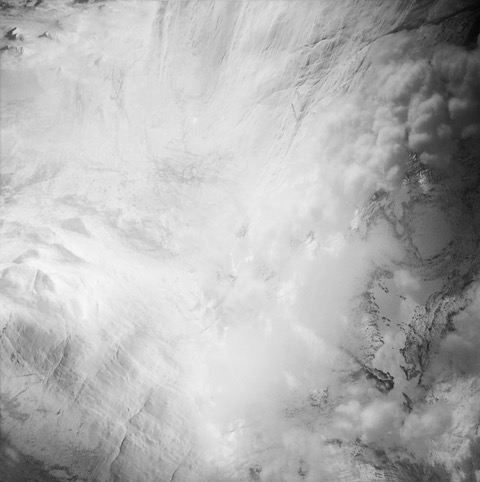
Hilde Ghesquiere: Atmosphere 1 (Photograph)
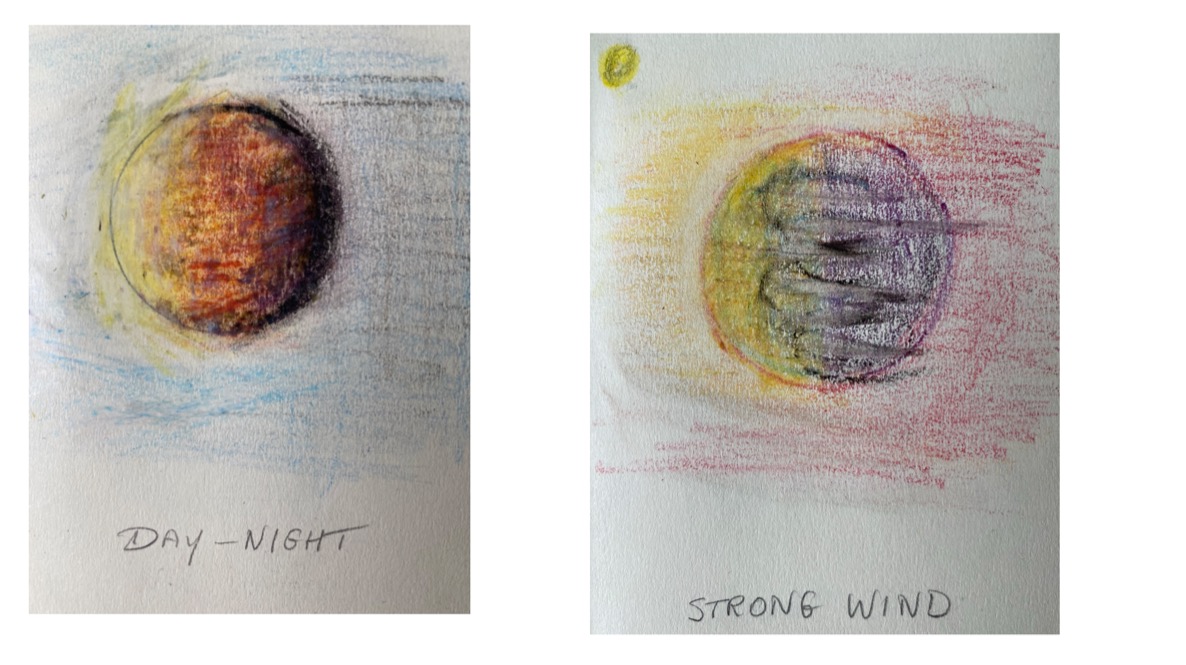
Christiane Aerts: Study for Day & Night on a Exoplanet (Drawing)
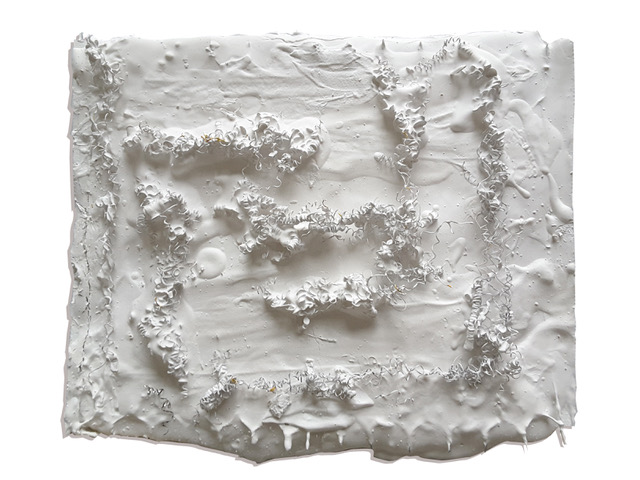
Elisabeth Vanhoutte: Surface (Plaster)
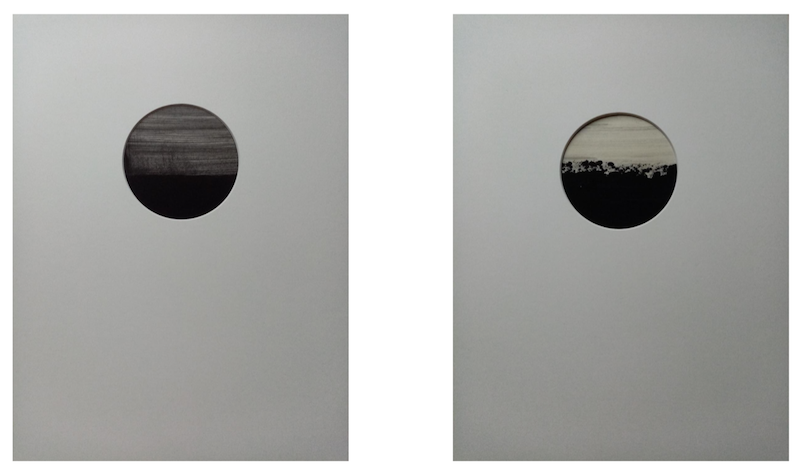
Kelly Willems: Still Points (Drawing)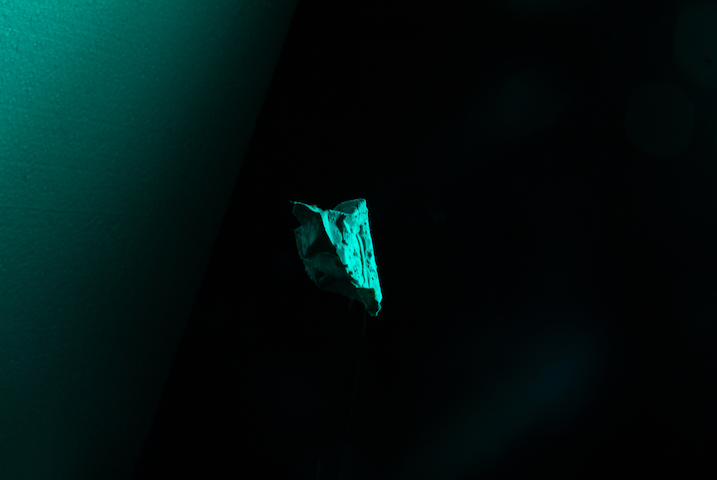
Mien Van Kerckhoven: Object (Projection)
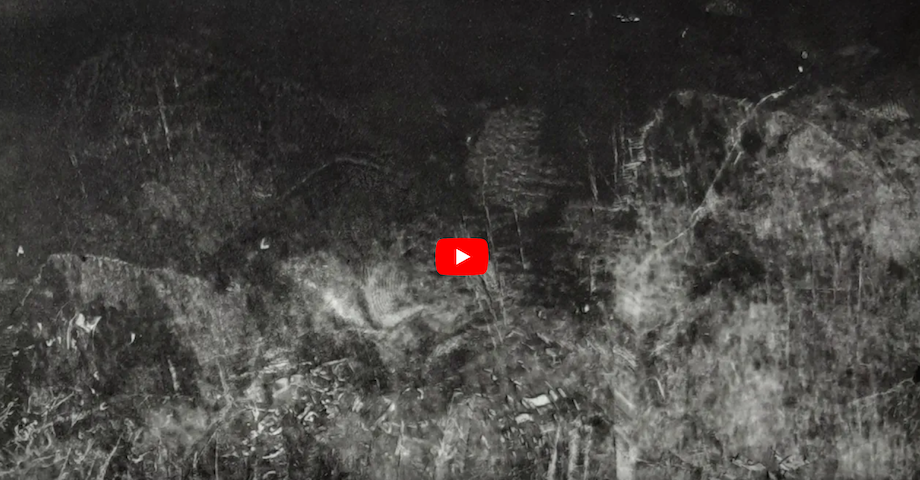
Lieve Lissens: K2-18b (Video)
